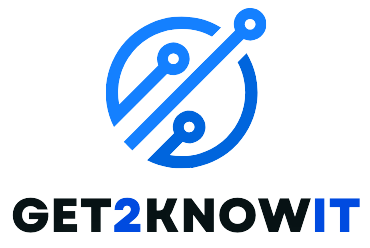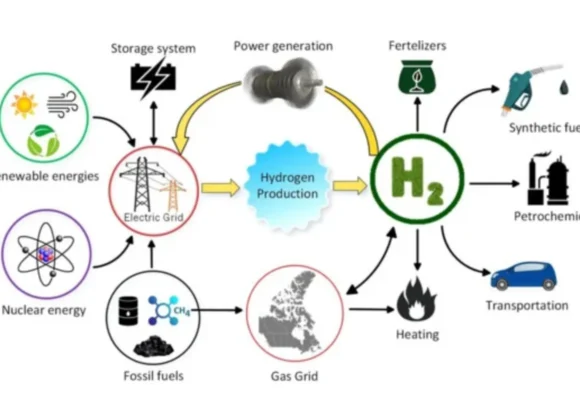In today’s digital era, audio and video content quality is more critical than ever. Whether it’s a professional recording studio, a live concert, or a simple video call, background noise can significantly impact the clarity and quality of the audio. This is where Dynamic Noise Reduction (DNR) comes into play. By intelligently filtering out unwanted sounds, DNR ensures that the primary audio remains clear and crisp, providing a superior listening experience. In this article, we’ll delve into the intricacies of DNR, its applications, and how it is set to revolutionize sound quality in various fields.
Understanding Dynamic Noise Reduction
What is Dynamic Noise Reduction?
Dynamic Noise Reduction (DNR) is a sophisticated technology that minimizes unwanted background noise in audio recordings. Unlike static noise reduction techniques that apply a uniform filter across the entire audio spectrum, DNR dynamically adjusts to the audio signal’s changing characteristics. This ensures that the reduction process is more precise and does not compromise the quality of the desired audio content.
How Does Dynamic Noise Reduction Work?
DNR systems analyze the audio signal in real-time, identifying and differentiating between the primary sound and background noise. They employ various algorithms to suppress the noise without affecting the primary audio signal. This process often involves using time-variance filters, spectral subtraction, and other advanced techniques to achieve optimal results.
Applications of Dynamic Noise Reduction
Music and Entertainment Industry
In the music and entertainment industry, sound clarity is paramount. DNR is widely used in recording studios to ensure that tracks are free from unwanted noise, providing a pristine listening experience. Live performances also benefit from DNR technology, as it helps deliver clear and high-quality sound to the audience.
Telecommunications
Clear communication is essential in telecommunications. DNR is employed in telecommunication systems to enhance voice clarity, making conversations more understandable even in noisy environments. This is particularly useful in call centers, mobile communications, and video conferencing.
Healthcare
In the healthcare sector, DNR plays a crucial role in medical devices such as hearing aids and diagnostic equipment. By reducing background noise, DNR improves the effectiveness of these devices, helping patients hear more clearly and medical professionals make more accurate diagnoses.
Consumer Electronics
Many consumer electronic devices, including smartphones, laptops, and smart speakers, integrate DNR technology. This ensures that users enjoy high-quality audio when listening to music, watching videos, or making voice calls.
Benefits of Dynamic Noise Reduction
Enhanced Audio Quality
DNR’s primary benefit is the significant improvement in audio quality. By effectively filtering out background noise, DNR ensures that the primary audio content remains clear and undistorted.
Improved Communication
DNR helps reduce misunderstandings and enhance overall communication efficiency in environments where clear communication is critical, such as call centers and conference rooms.
User Comfort
DNR technology can substantially improve the comfort and usability of hearing aids and other assistive listening devices. By minimizing background noise, these devices provide a more pleasant and less tiring listening experience.
Versatility
DNR technology is versatile and can be applied across various fields, from professional audio recording to everyday consumer electronics, making it a valuable tool in enhancing sound quality universally.
Future Developments in Dynamic Noise Reduction
Integration with Artificial Intelligence
The future of DNR looks promising with the integration of artificial intelligence (AI). AI algorithms can further enhance the effectiveness of DNR by learning and adapting to different noise environments. This will enable more precise noise reduction and improved audio quality across various applications.
Advancements in Algorithm Design
Ongoing research in algorithm design is set to make DNR even more efficient. New algorithms that better distinguish between noise and desired audio signals will produce cleaner, more natural sound output. Techniques such as deep residual shrinkage networks are already showing promise in this area.
Increased Adoption of Consumer Electronics
As technology evolves, we expect to see broader adoption of DNR in consumer electronics. From more innovative smartphones to more sophisticated home audio systems, DNR will become a standard feature, enhancing the user experience in everyday life.
Challenges in Dynamic Noise Reduction
Processing Power Requirements
One of the primary challenges of implementing DNR is the requirement for substantial processing power. Real-time noise reduction, especially in high-quality audio, demands significant computational resources. This can be a limitation in devices with restricted processing capabilities.
Balancing Noise Reduction and Audio Quality
Another challenge is finding the right balance between noise reduction and maintaining audio quality. Over-aggressive noise reduction can sometimes result in losing critical audio details, making the sound unnatural. Fine-tuning the algorithms to achieve the perfect balance is an ongoing area of research.
Implementing Dynamic Noise Reduction in Your Projects
Choosing the Right DNR Algorithm
Selecting the appropriate DNR algorithm is crucial for the success of your project. Consider your application’s specific requirements, such as the noise you must reduce and the desired audio quality. Research and experiment with different algorithms to find the one that best suits your needs.
Hardware and Software Considerations
Ensure that your hardware and software can handle the computational demands of DNR. High-performance processors and optimized software are essential for real-time noise reduction.
Testing and Optimization
Thorough testing and optimization are critical to the successful implementation of DNR. Test your system in various noise environments and fine-tune the settings to achieve the best results. Continuous monitoring and adjustment will help maintain optimal performance.
Conclusion
Dynamic Noise Reduction is undoubtedly the future of superior sound quality. Its ability to intelligently filter out unwanted noise without compromising the primary audio content makes it an invaluable technology across numerous applications. As advancements in AI and algorithm design continue, the effectiveness and accessibility of DNR will only improve, bringing high-quality sound to more people and devices than ever before. Whether you’re a professional in the audio industry, a telecommunications expert, or an everyday consumer, DNR is set to enhance your auditory experience in ways previously unimaginable.
Ensure that your hardware and software can handle the computational demands of DNR. High-performance processors and optimized software are essential for real-time noise reduction.




